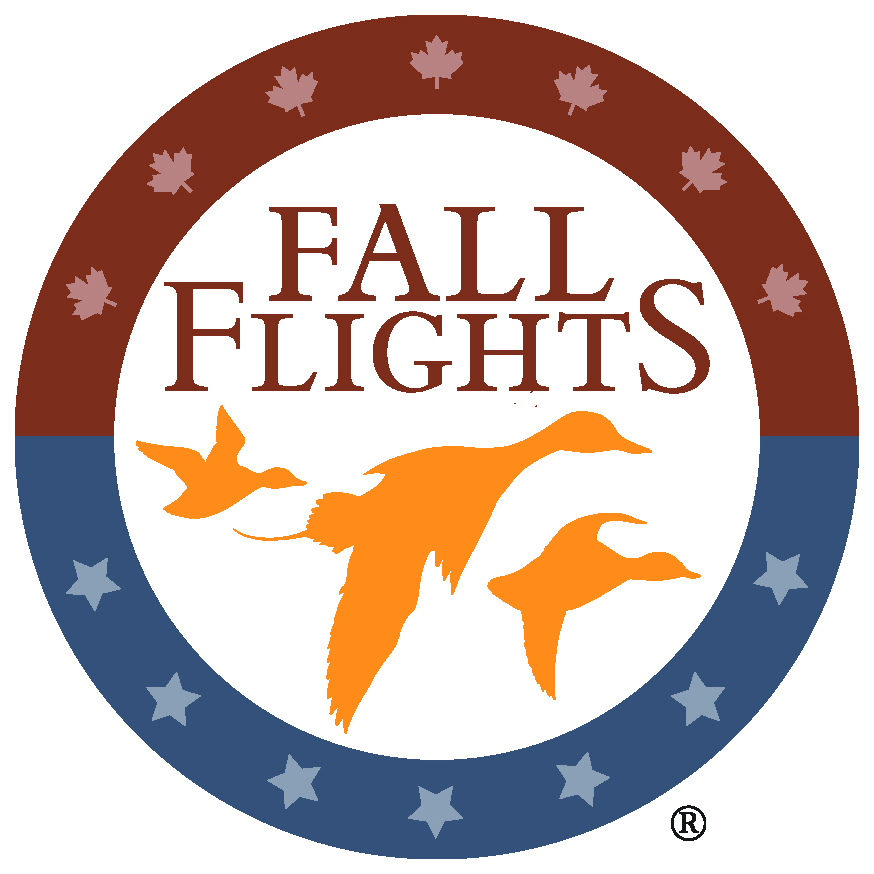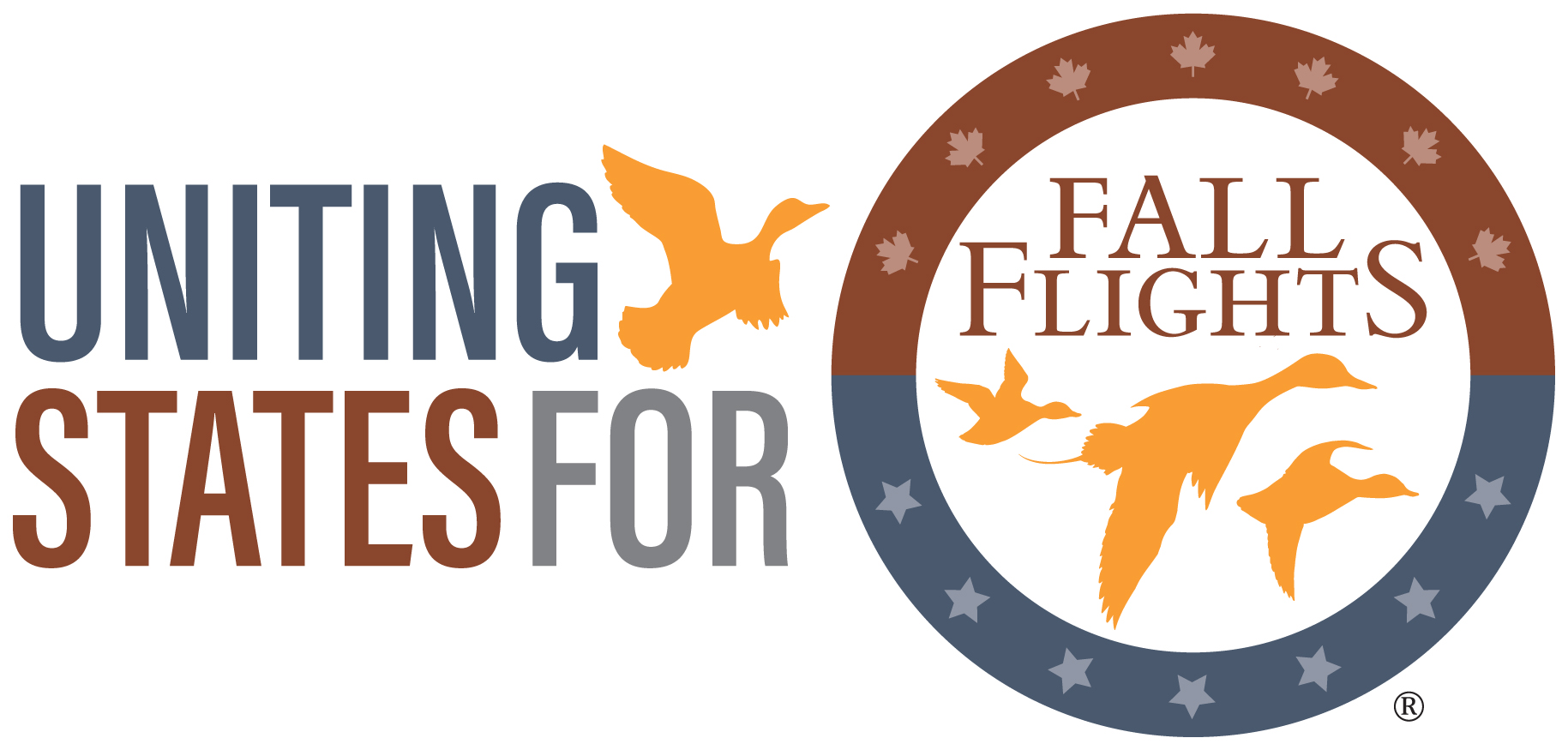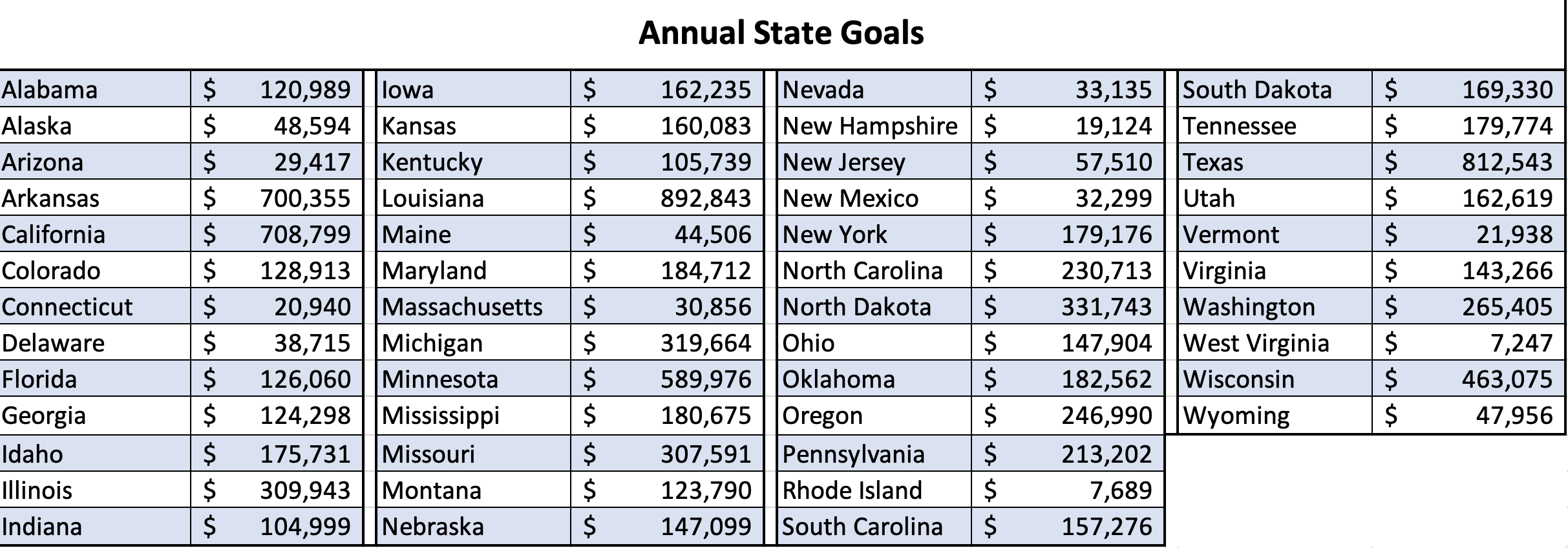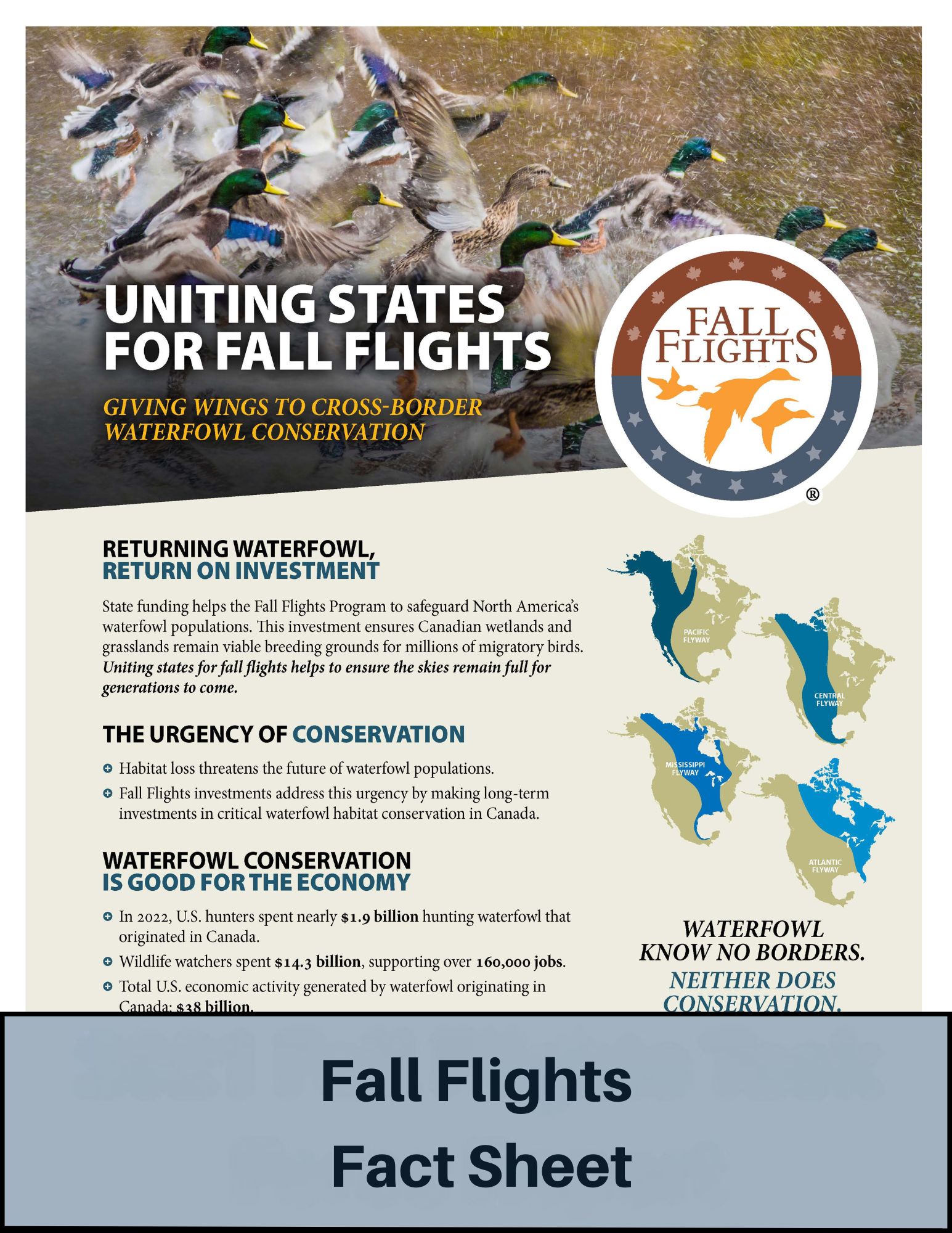
CONGRATULATIONS!
Record year with 48 states investing $5.55 million in Canadian waterfowl habitat.
Fall Flights is AFWA's powerful partnership program for state fish and wildlife agencies. It helps drive state economies by supporting outdoor recreation, tourism, and hunting opportunities. It advances important local and international conservation goals by making a long-term investment in critical waterfowl habitat conservation work in Canada.

UNITING STATES FOR FALL FLIGHTS
A promotional campaign to encourage greater investments by state fish and wildlife agencies will help achieve the 2026 objectives. This campaign will set the stage for celebrating Fall Flights during the Canada Night event at the North American Wildlife and Natural Resources Conference in March 2026. (This also corresponds with the 40th Anniversary of the North American Waterfowl Management Plan – NAWMP).
Carrying the torch lit by the North American Waterfowl Management Plan
The backbone of Fall Flights is the North American Waterfowl Management Plan, or NAWMP. In the late 1970s and early 1980s, waterfowl populations were at historic lows. Conservationists recognized the link between breeding habitat conditions in Canada and fall flight numbers in the United States. The NAWMP was formed in 1986. Today, it’s one of the most successful conservation initiatives in the world.
Making the most of your state agency’s dollars: Fall Flights leverages funding up to four times
State funding through Fall Flights is matched by Ducks Unlimited and leveraged with Canadian contributions and federal funding through the North American Wetlands Conservation Act (NAWCA).
Fall Flights begins with your state agency investments
State agency investments are the critical first step to creating the multiplier effect that leads to significant conservation of wetlands and associated upland habitats in Canada. NAWCA requires non-federal match at a ratio of at least 1:1, and a minimum of fifty percent of the matching funds used for projects in Canada must originate from sources in the United States.
Why support waterfowl habitat conservation in Canada?
Safeguarding North America’s waterfowl populations begins in the breeding grounds where wetlands and grasslands in Canada are critical for millions of migratory birds. In fact, up to 70 percent of North America’s waterfowl breed in Canada.
What is the Fall Flights goal for my state?
AFWA sets a goal for every state to invest in Canadian conservation projects. The table below identifies these goals for investing in continental waterfowl conservation efforts.

CLICK on the Report Below to view/download.
Advisory Committee Chair:
Ryan Brown, Director
Virginia Department of Wildlife Resources
AFWA Staff Contact
Dean Smith
dsmith@fishwildlife.org
202-838-3469
Fall Flights Advisory Committee
Spring 2025 Meeting - March 11 - Louisville, KY
DRAFT Agenda
Resources
2024 State Contributions Report
2023 State Contributions Report
2022 State Contributions Report
2021 State Contributions Report
2020 State Contributions Report
2019 State Contributions Report
2018 State Contributions Report
2017 State Contributions Report
2016 State Contributions Report
2015 State Contributions Report
Fall Flights Webinar - October 2020
Non-Game Resources
Full Annual Cycle Bird Conservation & SWAPS
Shorebird Connections
Fall Flights / Southern Wings - SWAP Boilerplate (VIEW - PDF)
Fall Flights / Southern Wings - SWAP Boilerplate (DOWNLOAD - Word)








